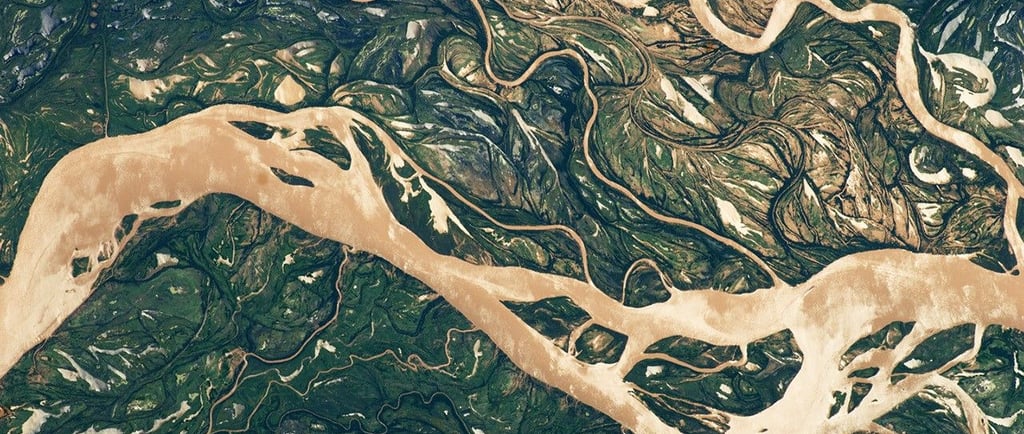Harnessing Data for Global River Monitoring: Introducing Confluence


Understanding Confluence: An Analytical Framework
In today’s technologically advanced world, the integration of data systems is essential for comprehensive environmental analysis. Confluence stands as an innovative analytic collaborative framework that utilizes data from NASA’s Surface Water and Ocean Topography (SWOT) mission. This initiative aims to revolutionize our understanding of river systems, ensuring that vital information is accessible to researchers and decision-makers globally.
Leveraging NASA’s SWOT and HLS Data
The Confluence framework capitalizes on NASA’s vast satellite data resources to monitor river discharge and assess suspended sediment levels. By harmonizing the Landsat Sentinel-2 archive, this powerful tool provides estimates for every river on Earth that is wider than 50 meters. This level of detail empowers scientists and environmental analysts to study the dynamics of water flow and sediment transport in an unprecedented manner.
Free Access to a Groundbreaking Resource
One of the most significant aspects of the Confluence initiative is its commitment to open-source accessibility. Hosted by NASA’s Physical Oceanography Distributed Active Archive Center (PO.DAAC), this software will be available free of charge to users all around the world. By removing financial barriers, Confluence encourages collaboration among researchers globally, facilitating a collective effort toward understanding river ecosystems and addressing environmental challenges.
The implications of this project are profound, as the data derived from the Confluence framework can aid in various fields. Environmental scientists can utilize it in analyzing flood risks and understanding the impact of climate change on river systems. Policy makers and conservationists can benefit by leveraging data-driven insights to craft informed policies for sustainable river management.
Moreover, the collaboration of historical data through the seamless fusion of SWOT and harmonized Landsat Sentinel-2 data forms an unparalleled archive for researchers. With data accessibility at their fingertips, users will witness advancements in methodologies for monitoring environmental changes, ultimately benefiting communities reliant on these crucial freshwater resources.
In conclusion, as the world faces pressing environmental challenges, the introduction of the Confluence framework represents a significant leap forward in river monitoring technology. By harnessing data from NASAs cutting-edge missions and making it freely available, Confluence not only supports scientific research but also encourages a global community of users dedicated to preserving our vital water systems for future generations.
